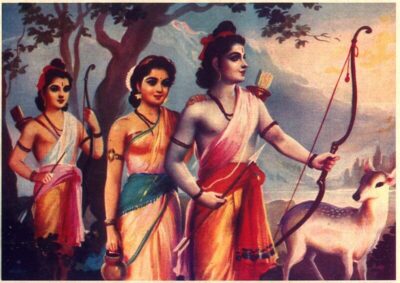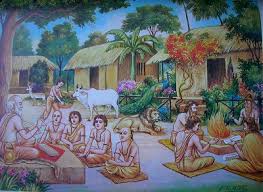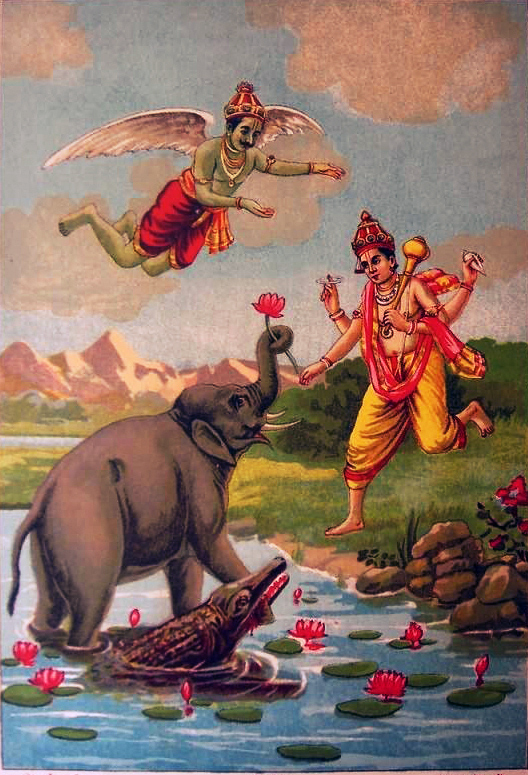Veda in Sanskrit means the science of knowledge. It has other names such as Shruti, Agama, Amnaya etc. The contents are very huge and it was initially divided into four divisions for the convenience of teaching and learning, with the names as Rigveda, Atharvaveda, Samaveda and Yajurveda. In due course of time, each division were further classified as main branches and auxiliaries or Vedashakhas and Upa-Vedas, dealing with different specialized subjects.
Bharadvaja Ashrama was like a University in olden days. Gauthama Ashrama was another such example. The classification of a particular Veda has no particular date and time. Sushruta was the son of Vishwamitra Rishi. He had written books on medicines. One Rishi with the formal name as Bharata had composed verses on Natya shastras. Chanakya had composed books on Arthashastra. Maya had contributed to archeology and artilleries. All are in Sanskrit. These developments were concluded as the basics for job oriented courses.

Gradually, the four branches of Vedas were learnt by the students separately according to their aptitudes, further evolving into ten clear branches. Surgery and medicines were studied by the students of Rigveda having the branch name as Shakhala Shakha and those verses pertaining to their aptitudes were termed as Ayurveda and later, that auxiliary branch continued as Upaveda of Rigveda. Thus medical field got the name evolved as Ayurveda. Rigveda had only one branch, so one wing Ayurveda is the one assumed Upaveda, continuing even now .
Continue reading








